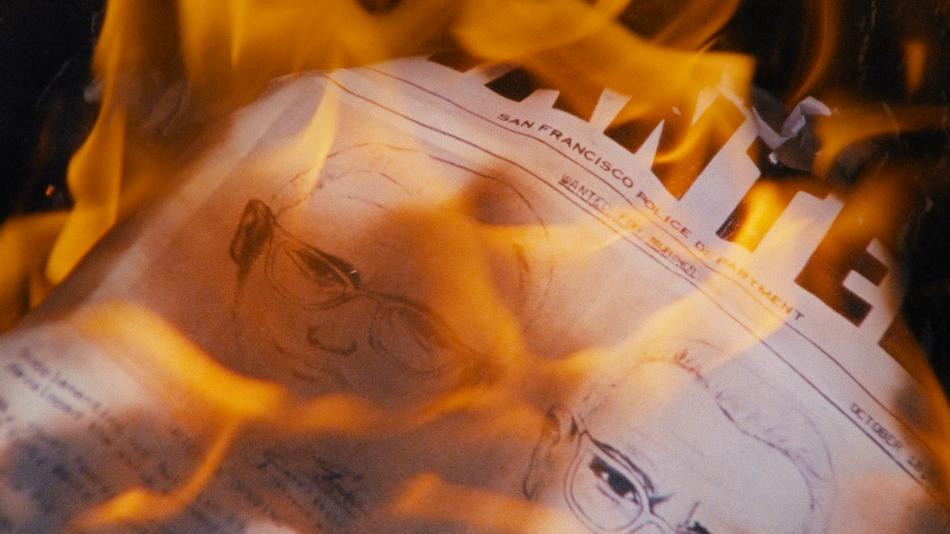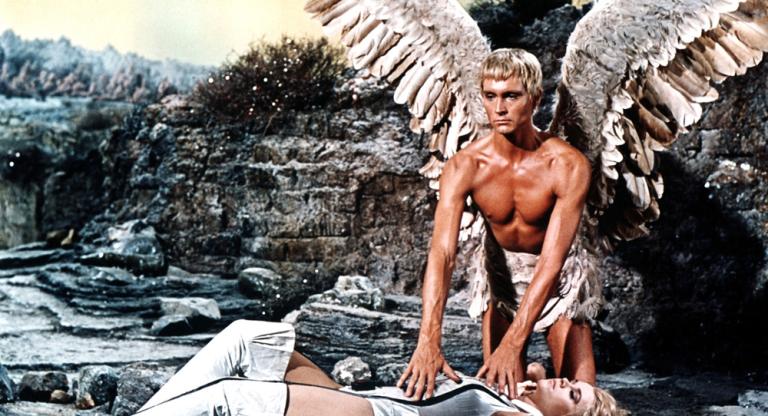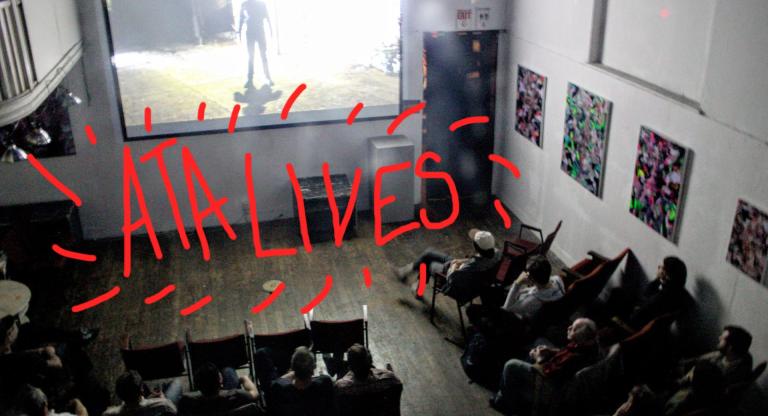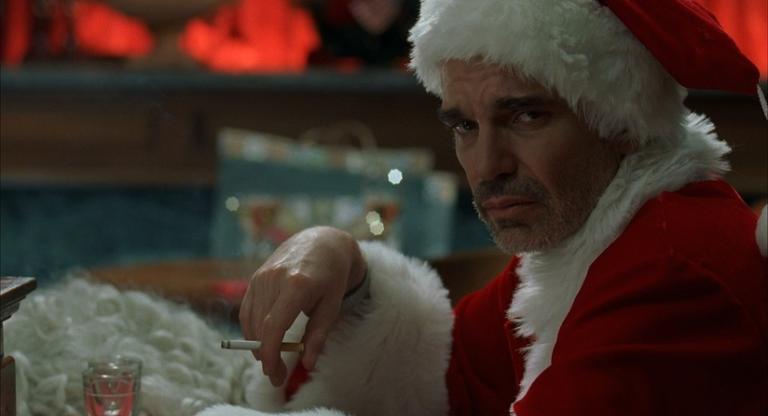Documentarian Charlie Shackleton’s latest is an essay film about the film he originally intended to make dramatizing the late Lyndon E. Lafferty’s efforts to prove that he’d uncovered the true identity of the Zodiac Killer. Second perhaps only to Jack the Ripper in infamy, obsession-inspiring mystery, and genre-defining power, the Zodiac is suspected to have killed between 5 and 37 people throughout the ‘60s and ‘70s in Northern California. He’s a fitting topic for a contemporary documentary filmmaker who is drawn, inevitably, as Shackleton narrates, into a true crime project by the genre’s omnipresence. Yet viewers may be disappointed by Shackleton’s refusal to partake in the conspiratorial conventions of true-crime storytelling, as his investigation instead deals with the genre’s aesthetic and rhetorical tropes.
With Zodiac Killer Project, Shackleton compiles excerpts from other true crime films and series to trace how he would have borrowed their many well-trodden motifs. The effect is wryly amusing, as any documentary and/or true crime-head will snicker seeing the way each Netflix series opens with the same mournful country music, tiny typeface, and out-of-focus “back-tors,” as Shackleton tells us they’re called. He inserts ominous clips of chairs and rolling tape recorders, a technique first used to powerful effect in the genre’s ur-text, Errol Morris’s The Thin Blue Line (1988), that has since been wielded with such profligacy that such moments become hilarious in Shackleton’s film. While he laughs throughout his narration, Shackleton’s short, final notes—in keeping with the genre, still—question the enduring appeal of such films, a typical morality coda to excuse the preceding prurience. Zodiac Killer Project is thus a sort of apotheosis of the complete oversaturation of the genre in the streaming age, with increasingly sleazy and pointless series running roughshod over every crime story available to meet the algorithm’s voracious needs.
Most of Zodiac Killer Project consists of 5-minute-long, 16mm shots of Sonoma vistas and empty diner booths. They are sometimes static and often captured with a slow zoom-in as composer Jeremy Warmsley’s quiet, droning score is heard. Shackleton’s conversational commentary—with its affectionate disdain for the very tropes he’d supposedly planned to use— ought to deflate these passages of their menacing aura, yet the beautiful compositions’ creepy vibes persist. These scenes recall James Benning’s Landscape Suicide (1987), which provides an interesting parallel in that the Zodiac mystery has served as a powerful symbol for the dissolution of shared meaning in 1970s America, just as Benning saw an emptiness at the core of the American dream in his work’s unpopulated environments. The very “shared meaning” once mourned with terror is today, in itself, a punchline: the “true crime,” perhaps, best captured in Shackleton’s film.
Zodiac Killer Project screens on Sunday, June 1, at the Roxie as part of SF DocFest 2025.



